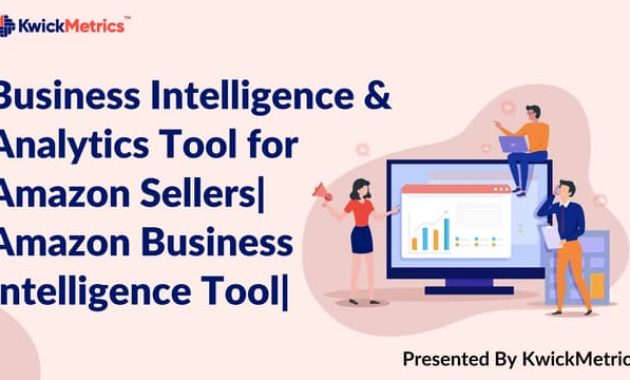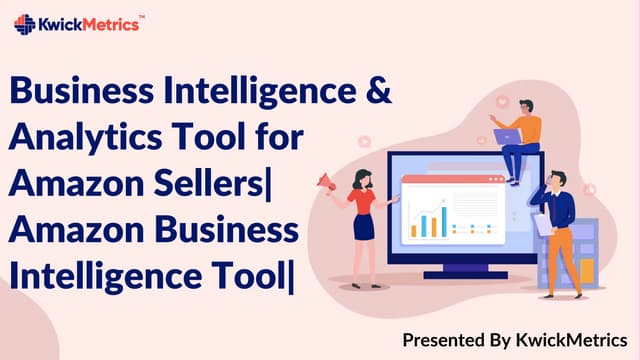
Unveiling Justice: Business Intelligence Tools Revolutionizing Crime Analytics
The fight against crime is a constant battle, evolving in complexity with each passing day. Law enforcement agencies and crime analysts are tasked with the monumental challenge of staying ahead of criminal activity. They need to understand patterns, predict future events, and allocate resources effectively. The good news is that powerful tools are emerging. These are Business Intelligence (BI) tools designed specifically for crime analytics. This article delves into the transformative impact of these tools, exploring how they are reshaping the landscape of crime fighting and justice administration.
In the past, crime analysis often relied on manual data entry and rudimentary statistical methods. This resulted in a time-consuming process, prone to human error, and limited in its scope. Today, Business Intelligence tools for crime analytics offer a comprehensive approach. These tools provide data integration, advanced analytics, and visualization capabilities. This allows analysts to extract actionable insights from vast datasets. The result is more informed decision-making and more effective crime prevention strategies.
The Power of Data Integration
One of the primary strengths of Business Intelligence tools for crime analytics lies in their ability to integrate data from various sources. Crime data is often scattered across different databases, including police reports, 911 calls, arrest records, and social media feeds. BI tools can consolidate this information into a single, unified view. This integration allows analysts to see the complete picture. It connects seemingly disparate pieces of information.
For example, a BI tool might correlate an increase in burglaries with a specific time of day, location, and type of vehicle. This information would be extremely difficult to discover without the ability to seamlessly integrate data. The seamless integration is the foundation for more advanced analysis.
Advanced Analytics and Predictive Capabilities
Beyond data integration, Business Intelligence tools for crime analytics provide advanced analytical capabilities. They leverage statistical models, machine learning algorithms, and predictive analytics to uncover hidden patterns and trends. This allows analysts to move beyond reactive responses and proactively address crime.
Predictive policing is a prime example. BI tools can analyze historical crime data to identify high-risk areas and predict future crime hotspots. This allows law enforcement to deploy resources strategically. It helps to deter criminal activity before it occurs. These tools can also analyze social media data to detect potential threats. They monitor online conversations for signs of planned criminal activity.
Data Visualization: Turning Data into Insights
The ability to visualize data is crucial for effective crime analysis. Business Intelligence tools for crime analytics offer a range of visualization options, including maps, charts, and dashboards. These visual representations make complex data easier to understand and interpret. They allow analysts to quickly identify patterns, trends, and anomalies.
For instance, a heat map can display the concentration of crime incidents in a specific area. A time-series chart can reveal trends in crime rates over time. Interactive dashboards allow analysts to drill down into the data. They can explore different variables and gain a deeper understanding of the underlying issues. Effective data visualization is essential for communicating findings to stakeholders.
Key Features of Effective Business Intelligence Tools for Crime Analytics
- Data Integration Capabilities: Seamlessly integrate data from multiple sources.
- Advanced Analytics: Employ statistical models and machine learning.
- Predictive Analytics: Forecast crime hotspots and trends.
- Data Visualization: Create maps, charts, and dashboards.
- Reporting and Dashboards: Generate reports and dashboards.
- User-Friendly Interface: Intuitive interface for ease of use.
- Scalability: Handle large and growing datasets.
- Security: Protect sensitive crime data.
- Collaboration Features: Enable collaboration among analysts.
Real-World Applications of Business Intelligence in Crime Analytics
The impact of Business Intelligence tools for crime analytics is evident in various real-world applications. These tools are used by law enforcement agencies, government organizations, and private security firms. They are used to solve crimes, prevent future incidents, and improve public safety.
Example 1: Identifying and disrupting organized crime networks. BI tools help to analyze financial transactions, communication records, and criminal networks. This allows law enforcement to identify key players and dismantle criminal operations. This can include identifying money laundering schemes and drug trafficking routes.
Example 2: Optimizing patrol routes and resource allocation. By analyzing crime patterns, BI tools can assist in determining optimal patrol routes. They can also help to allocate resources effectively, ensuring that officers are deployed where they are needed most. This can reduce response times and deter criminal activity.
Example 3: Preventing fraud and financial crimes. BI tools help to detect fraudulent transactions and identify suspicious activity. They can analyze financial data to identify patterns of fraud. This can help to prevent financial losses and protect consumers.
Choosing the Right Business Intelligence Tool
Selecting the right Business Intelligence tool for crime analytics is a critical decision. It requires careful consideration of the specific needs and requirements of the organization. Several factors should be considered when making this decision.
- Data Integration Capabilities: Ensure the tool can integrate data from relevant sources.
- Analytical Features: Assess the tool’s analytical capabilities.
- Visualization Options: Evaluate the visualization options.
- User-Friendliness: Consider the ease of use and user interface.
- Scalability: Ensure the tool can handle growing data volumes.
- Security: Prioritize security features to protect sensitive data.
- Cost: Evaluate the cost of the tool and associated expenses.
- Vendor Support: Assess the vendor’s support and training.
The Future of Crime Analytics with Business Intelligence
The future of crime analytics is inextricably linked to the continued evolution of Business Intelligence tools. As technology advances, these tools will become even more sophisticated. They will provide deeper insights and more accurate predictions. We can anticipate the following trends:
- Artificial Intelligence (AI): AI will play a larger role in crime analytics. AI will enable more advanced predictive modeling and automate tasks.
- Cloud Computing: Cloud-based BI tools will become more prevalent. They will offer greater flexibility and scalability.
- Big Data Analytics: The ability to analyze massive datasets will continue to grow. This will unlock new insights and improve crime prevention.
- Integration with IoT: Integration with Internet of Things (IoT) devices will provide real-time data. This will improve situational awareness and response times.
These advancements will empower law enforcement agencies to fight crime more effectively. They will also help to create safer communities. The evolution of Business Intelligence tools for crime analytics is a testament to the power of data-driven decision-making. It is shaping a future where justice is more efficient, effective, and accessible to all.
In conclusion, Business Intelligence tools for crime analytics are transforming the way we fight crime. They provide powerful capabilities for data integration, advanced analytics, and data visualization. These tools empower law enforcement agencies to make more informed decisions. They also help to prevent crime and improve public safety. As technology continues to evolve, these tools will become even more important. They will be essential in the ongoing battle against crime and the pursuit of justice. [See also: Related Article Titles]

